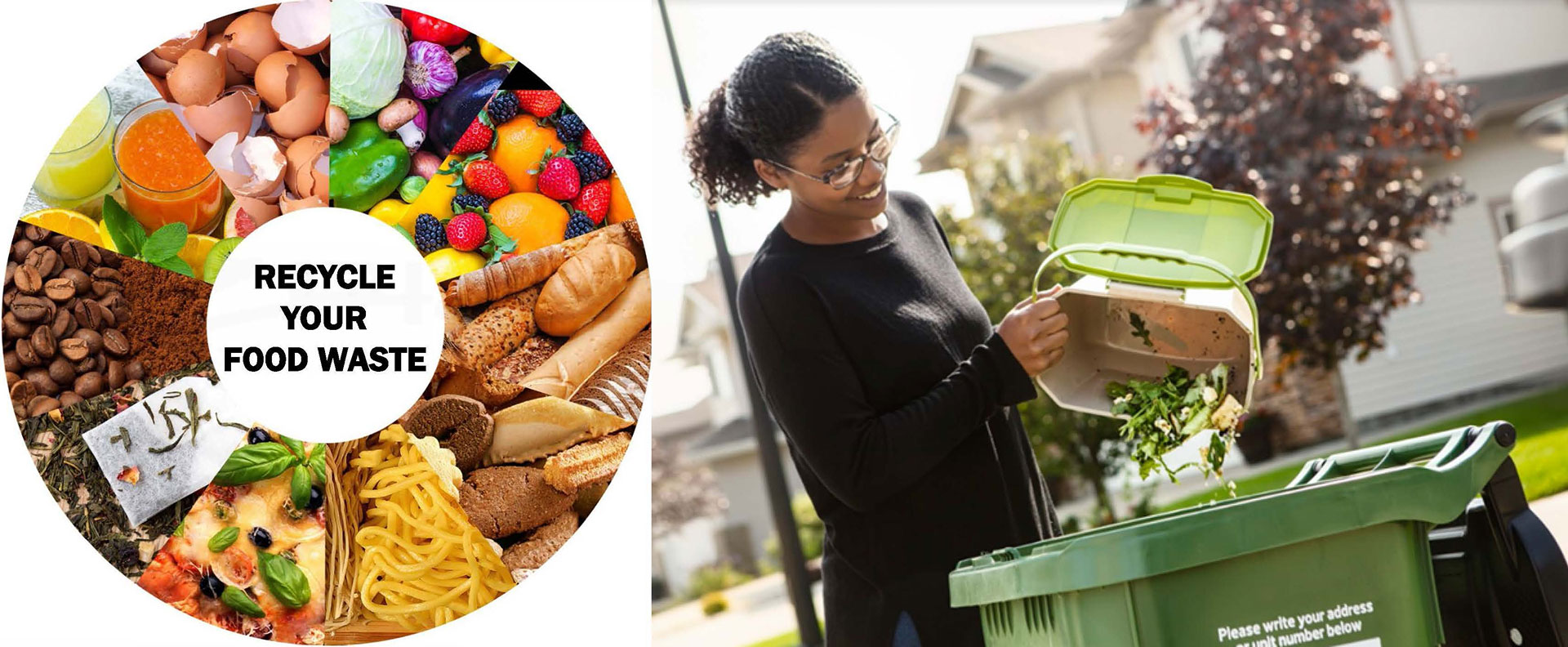What is Food Waste Recycling?
Food waste recycling involves collecting and processing organic food materials—such as uneaten food, peelings, and expired products—to create valuable resources like compost or energy, thereby reducing landfill usage and environmental impact. Some of the key benefits of food waste recycling are:
- Environmental Conservation: Reduces methane emissions from landfills, a potent greenhouse gas.
- Resource Recovery: Converts waste into useful products, such as compost or biogas.
- Regulatory Compliance: Ensures adherence to environmental regulations and demonstrates corporate social responsibility.
What does Creeks do?
We provide tailored food waste recycling machines designed to meet the unique needs of businesses, ensuring safe, reliable, and legal disposal with minimal disruption. By choosing Creeks Food Waste Recycling Machines, we will provide you with:
- Compliance: Adherence to all local and national waste management regulations.
- Flexibility: Customised collection schedules to suit your operational needs.
- Sustainability: Commitment to reducing landfill usage by promoting recycling and responsible waste disposal.

What is a Food Waste Recycling Machine?
At its core, it’s an electrically powered appliance (often called a “composter”) that uses heat, agitation, and microorganisms to rapidly break down food scraps. Unlike traditional composting, which can take months, these machines typically transform waste into a dry, soil-like material in as little as 21 to 24 hours.
They are not incinerators; they don’t burn the waste. Instead, they accelerate the natural decomposition process.
How Does Food Waste Recycling Machine Work?
The process generally involves three key elements:
- Heating: The machine heats the waste to a specific temperature (typically between 120-160°F or 50-80°C). This evaporates the moisture, which is a key component in preventing odors and speeding up decomposition.
- Agitation: Internal blades or paddles periodically grind and mix the waste. This increases the surface area, ensuring even drying and mixing with the microbial starter.
- Microbial Decomposition: Most machines use a proprietary bulking agent or microbial mix (pellets, powder, or a reusable “cookie”) that introduces specific microorganisms to efficiently break down the organic matter.i9
The end product is a cool, dry, crumbly, and odorless material that resembles coffee grounds or fine soil.
Key Benefits
- Drastically Reduces Waste Volume: This is the biggest selling point. These machines can reduce the volume of food waste by up to 90%. This means fewer trips to the outdoor bin and less smelly garbage.
- Reduces Landfill Methane Emissions: Food waste in landfills decomposes anaerobically (without oxygen), producing methane, a potent greenhouse gas. Recycling at home prevents this.
- Creates a Useful End Product: The output is a nutrient-rich soil amendment that can be used in your garden, for houseplants, or as a “compost tea” base.
- Hygienic and Convenient: Great for apartments, urban homes, or places without space for a traditional compost bin. They eliminate odors and deter pests like flies and rodents from your kitchen waste.
- Environmental Consciousness: It empowers individuals to take direct, tangible action in reducing their environmental footprint.
A Food Waste Recycling Machine is a powerful and convenient tool for the eco-conscious modern household. It’s a technological solution to a pressing environmental problem. While it has a cost and energy footprint, its ability to transform waste into a resource at the point of generation makes it a compelling option for many people looking to live more sustainably.
Facebook
LinkedIn
X
WhatsApp
Email
